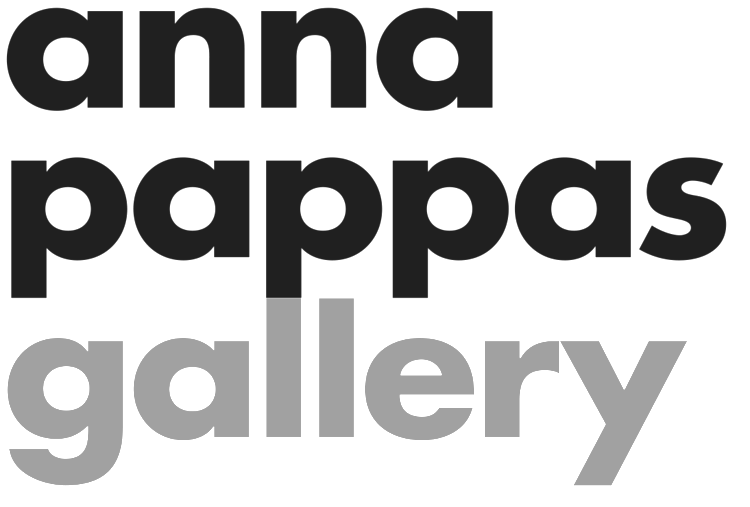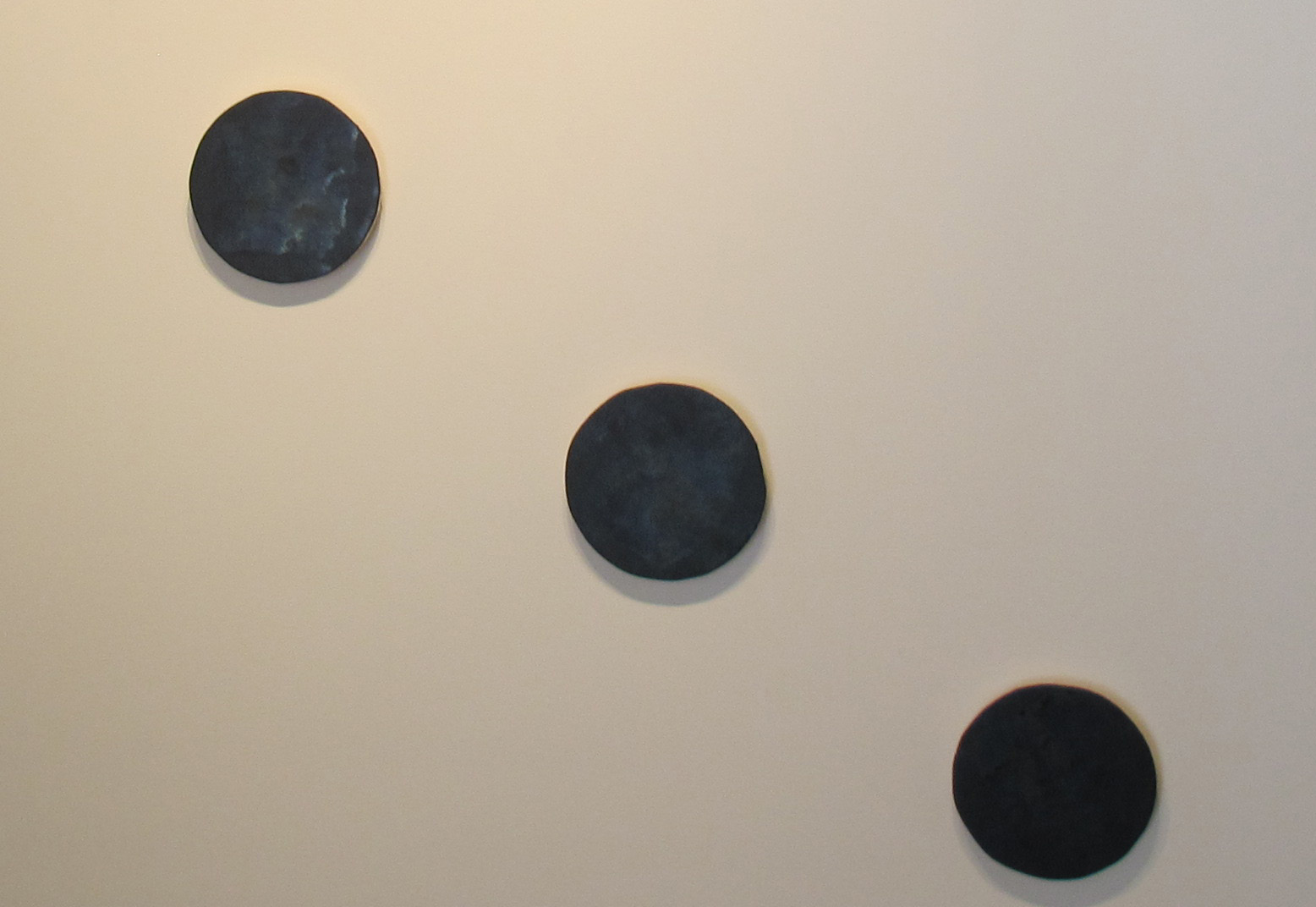Billy Gruner, Folk-Tape work No. 6 (Black Blue), 2012, electrical tape, linen artboard, 40 x 50cm
Billy Gruner is not living in any moment in idleness. He is currently finishing an article for a new magazine on Australian architecture and panel discussion for the AIA (NSW), preparing a catalogue funded by the Australia Council on Australian Avant-Garde circles in particular, working as a curator at a not-for-profit gallery in Sydney and preparing the New Wave: Experimental Painting exhibition for Anna Pappas Gallery in collaboration with his partner, artist Sarah Keighery. In addition, they both own and run the Pink Flamingo, a re-design store in the Blue Mountains and produce a small clothing line called Butterflies are Free. Arts NSW has long funded the SNO (Sydney Non-Objective) the project co-founded by Billy producing a wide array of critical shows on Australian Non-Objective Art. In March 2012, he will be travelling to USA again to organise a show of international artists, another ongoing project he has been co-curating in Europe since 2005 with curator and artists’ friends, Tilman and Jan Van der Ploeg.
Gruner and Keighery have been radical advocates of purist styles of work since 1995, and what that implies is a kind of ‘seccessional approach’ to contemporary art and regional conventions. In particular, Billy was distrustful of contemporary art speak and the constant blame many contemporary art makers may place on a prior history of radical developments. He felt problems inherent in more radical modernist approaches were more interesting, challenging and difficult to work through than say works made under an ‘anything goes’ or citational postmodern system for instance. They draw on their influence from the experimental painting movement of the 80s, which brought a savage return to reductive practices around the world. They collaboratively create works which extend on the themes explored in concrete art, colour field, geometric and other forms of early radical abstract art. Their practice questions the need for art to be precious in order to be valuable whilst taking a new approach to concerns of the time when Avant Garde rebelled against the restrictions of traditional art practices, a reductive and punk aesthetic in fact.








